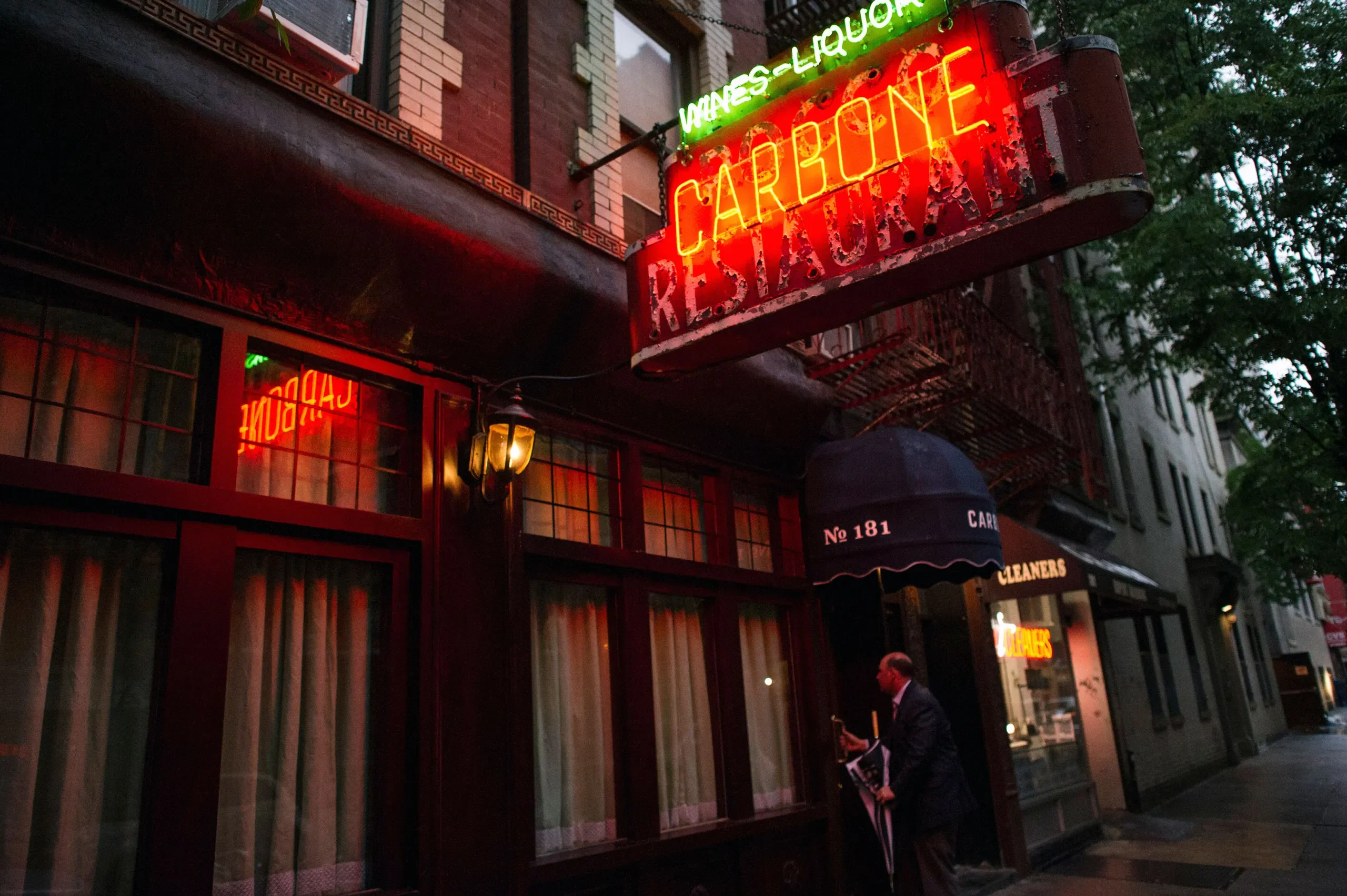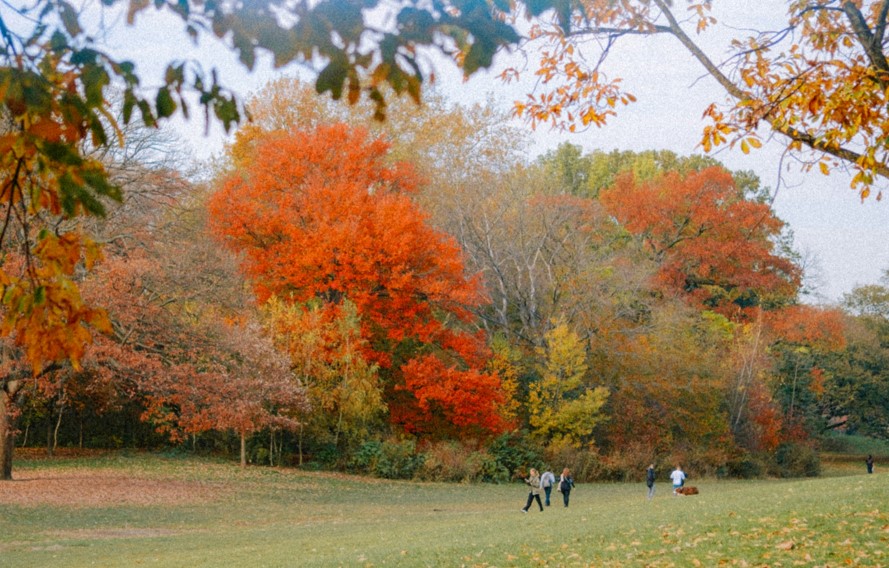
The Ugly Side of Glamping in New York City
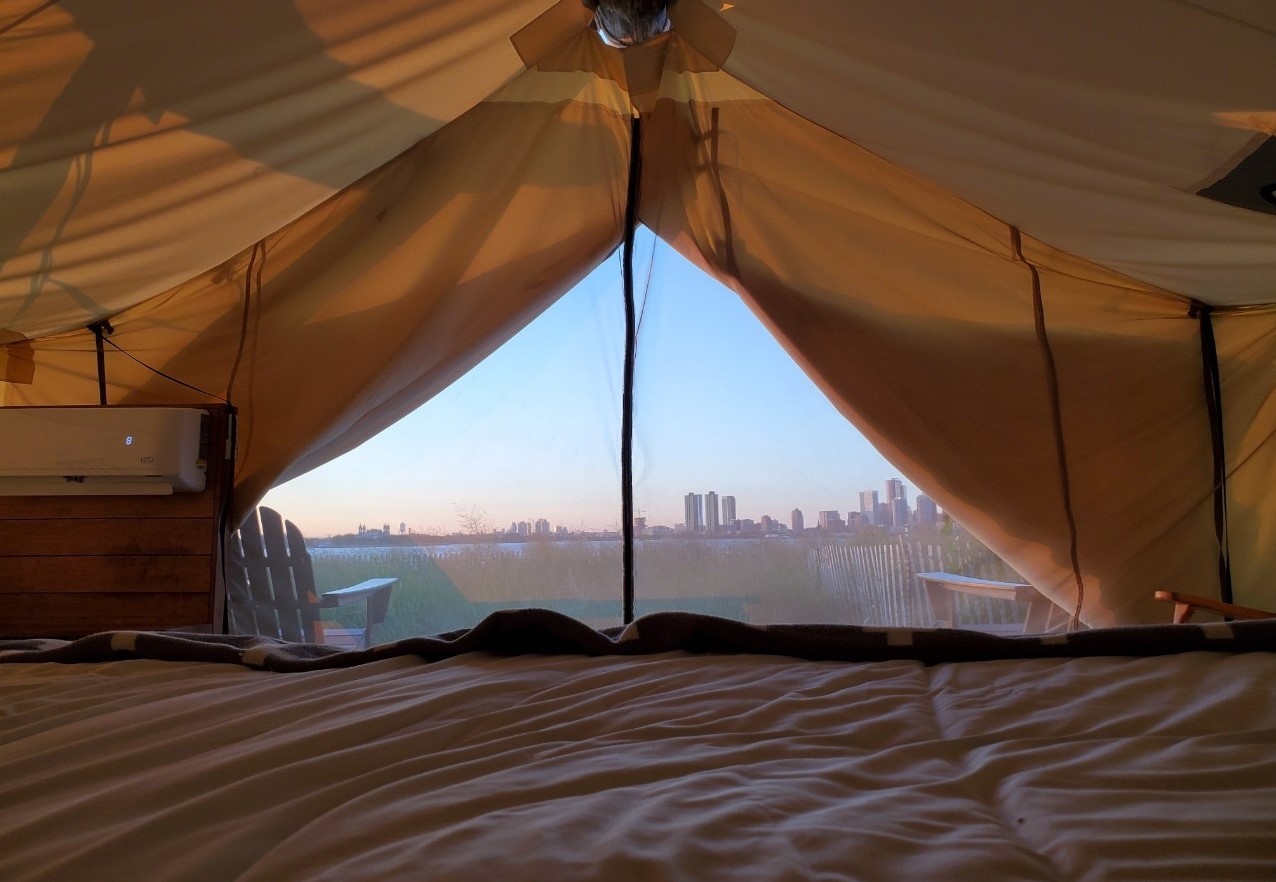

When the world is looking bleak—e.g. Every morning, after you check the news—it can feel great to “get away from it all.”
An ordinary vacation to a hotel, a resort, or a rental house is fine, but it’s not exactly an escape from society. Apart from the proximity of strangers, cramping your style and potentially infecting you with a deadly virus, it makes it slightly harder to pretend that the world has disappeared when you’re surrounded by buildings and have a TV constantly threatening to remind you of current events.
It’s no wonder, then, that camping has seen a huge resurgence in recent months. People want to be out in nature, in the open air, away from everything. You can bring all your own equipment, never have to worry about social distancing, and can ignore the state of the world for a weekend. That is, if you’re up for roughing it.
Not everyone is built to set up tents, sleep on the ground, go days without showering, and eat nothing but s’mores and hotdogs. Some of us are a little too pampered to really enjoy the full camping experience. That’s where glamping comes in.
There are some different approaches to the glamping scene. You could rent a deluxe, modern cabin from a company like Getaway, or you could stay in a luxury tent at a glamping resort. In either where you don’t have to worry about what you’re going to eat, how you’re going to stay clean, or how to assemble the overly-complicated camping gear. All you have to do is enjoy some fresh air in the great outdoors. Everything else is taken care of.
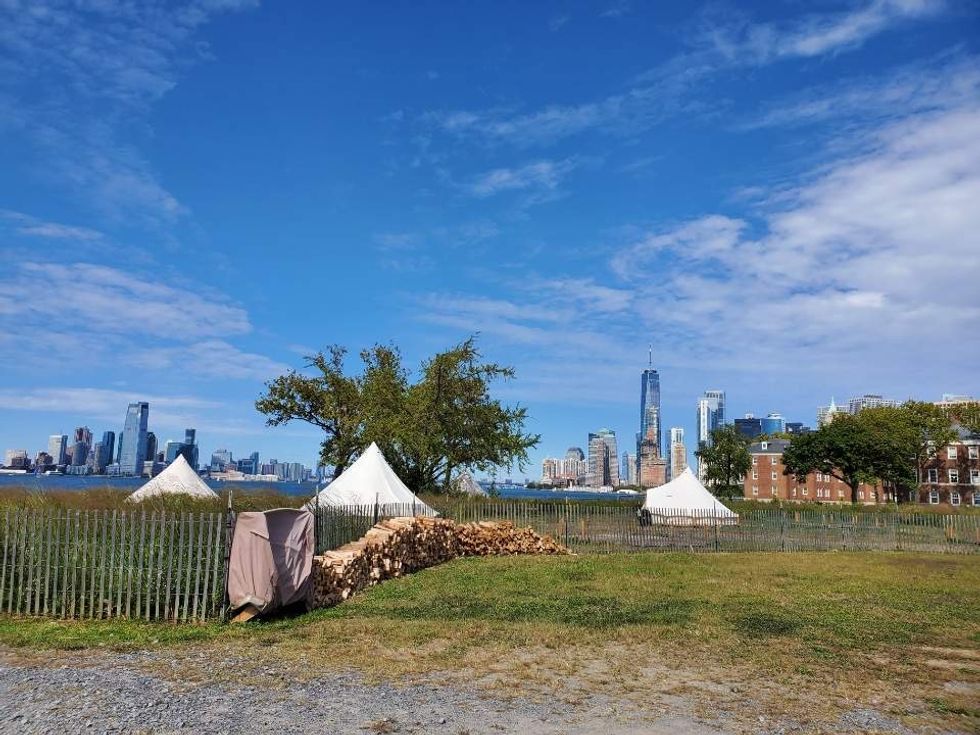
It sounds like the best of both worlds, and that’s what my wife and I were hoping to find on a recent glamping trip in New York City. With rates starting around $400 a night, we had access to a spacious, climate-controlled canvas tent with electrical outlets and a plush bed; nearby bathrooms with rainfall showers; free wifi; a gourmet, open-air restaurant; and evening campfires with provided s’mores kit.
There was nothing to set up and nothing to worry about, and it was all in a beautiful natural setting with sunset views of the New York Harbor, the Manhattan skyline, Ellis Island, and the Statue of Liberty. It was halfway between a resort and a campground, and it seemed at first like the best of both worlds—a civilized escape from civilization. But that’s not the full picture.
Anyone who cares to find the glamping retreat in question should have no problem tracking it down—there aren’t a lot of glamping spots in NYC—but this is not a review of a single company. This is about the whole luxury-tent experience.
I should note that my wife and I have done similar vacations twice before. Once we rented a large yurt for a family getaway, and another time we stayed at a friend’s property where he had a permanent canvas tent set up.
Neither of those trips were nearly as heavy on the “glam” half of glamping, but they provided nice, large spaces with wood floors and real beds, and indoor plumbing was not far away.
They also suffered from some of the same flaws.
This latest trip—with wifi, gourmet dining, and so-on—was definitely fancier, and before getting into the negatives, it’s worth noting what a pleasant stay we had over all. Everything we ate was delicious, and the public areas of the restaurant and around three large fire pits provided plenty of social distancing.
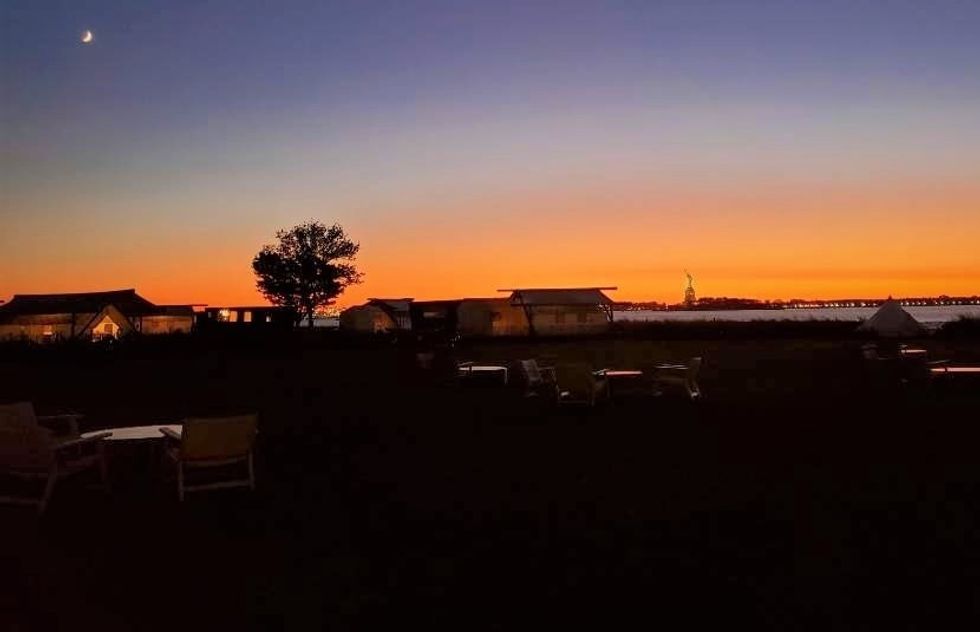
The price of our stay included a breakfast basket—smoked salmon, pastries, cheese, and orange juice—delivered to our tent. We ate our fill while admiring the stunning view from the front of our tent—arranged to be uninterrupted by any neighbors. It was easy to imagine we were looking at Manhattan from some private haven that civilization could never reach.
It was admittedly lovely. But while it did bring together some of the best aspects of luxury resorts and rustic camping, it also combined some of the worst.
Let’s start with the noise. If you’re expecting to get a good night’s sleep because you’re in a warm, comfy bed, you’d better have a high tolerance for noise. Not only do the walls of a canvas tent flap loudly in the wind, they provide little barrier from the sounds of people passing on nearby gravel paths and of night birds swooping and sounding shrill calls overhead.
Speaking of wildlife, it is very hard to fully seal off a large tent on a wooden platform in the middle of a field. In all three of the glamping shelters we have stayed in, a stray bug or two have managed to find their way inside. In two out of three—including this trip—we’ve also encountered rodents.
Fortunately—given New York City’s reputation—the rodent that broke into our tent over the weekend was an ordinary field mouse, rather than a giant subway rat. My wife heard it scrambling after we had turned off our bedside lamps, and she caught it in the flashlight from her phone as it was sneaking toward a container of dinner leftovers. It darted back through the gap where it had broken in.
After that, we moved our food into a provided Yeti cooler and managed to get some sleep with the help of the tent’s bluetooth speaker—hopefully without irritating any neighbors. While we didn’t sleep as well as we would have at home, we don’t mind camping, so none of this was bad enough to bother us. But it did seem like the kind of thing that someone expecting a resort experience might not be ready for.
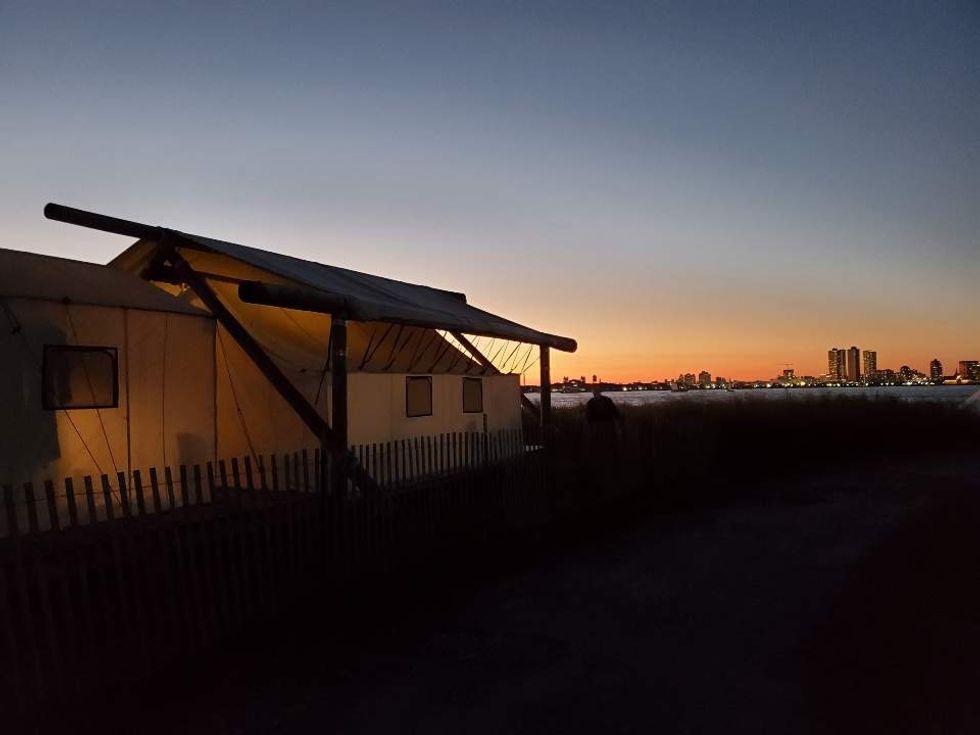
The larger issue, from my perspective, was the so-called climate control. The night we spent in our tent was chilly, and we were grateful for the electric heating pads keeping our bed warm beneath the comforter, but that wasn’t the only provision against the cold. The tent had a dual-function space heater/AC that we didn’t even realize was on and running until late that night.
It may have made the air inside marginally warmer, but the tent had a high roof with a sizable gap at the peak where most of that heat probably escaped. Even if the canvas had been perfectly sealed to the outside air, it would have taken a ton of energy to warm up such a large, uninsulated space. The same goes for running it as an AC on a hot night.
We were really just pumping heat into the surrounding area. Any sense that we were communing with nature was undermined by the realization that we were basically assaulting the environment with this massive, virtually pointless waste of energy.
Really, the whole idea of a climate-controlled tent—especially with such a large space—is somewhat ridiculous. It promotes the idea that you can have every modern comfort while being out in nature. But that’s just a sales pitch—it’s not the reality.
As nice as it sounds to combine the best of a resort vacation with the best of a camping trip, the two just don’t mix that easily. Comfort and luxury that are easy to provide in a hotel room become extravagant and silly in a canvas tent, while the kind of noise and wildlife that are expected on a camping trip suddenly seem intrusive in a resort setting.
While there is a pleasant niche for this style of glamping—particularly when it includes spectacular city views—for people who love the pampered luxury of a resort or the natural simplicity of camping, glamping in a luxury tents lands in an awkward middle ground that doesn’t quite scratch either itch.
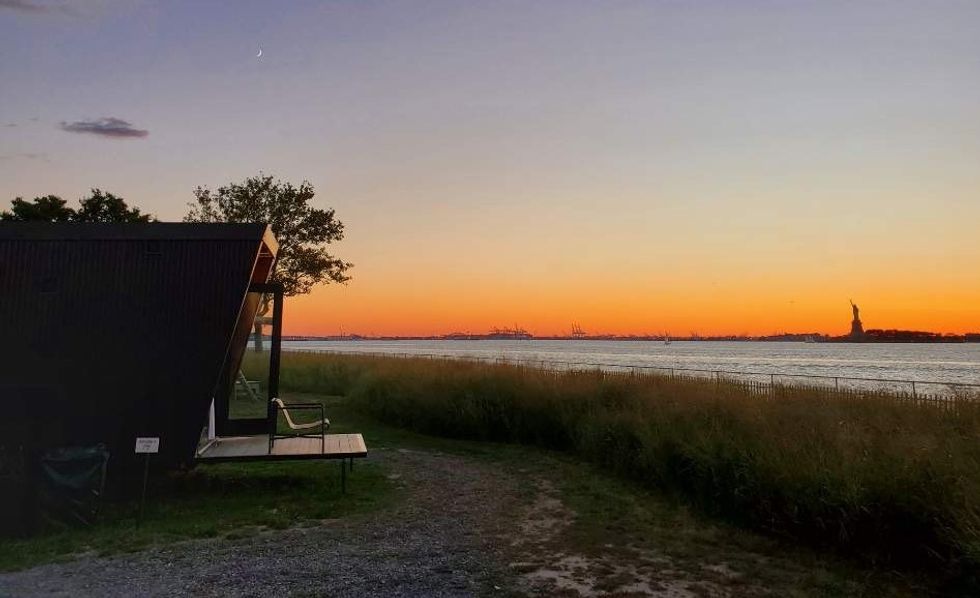
The good news is, if you want that view, but can’t handle the downsides of sleeping in a tent, the same retreat offers tiny homes that provide the same luxury without the compromise of canvas walls. Because if you’re not prepared for at least some of the discomfort of camping, you’re better off just renting a cabin.
